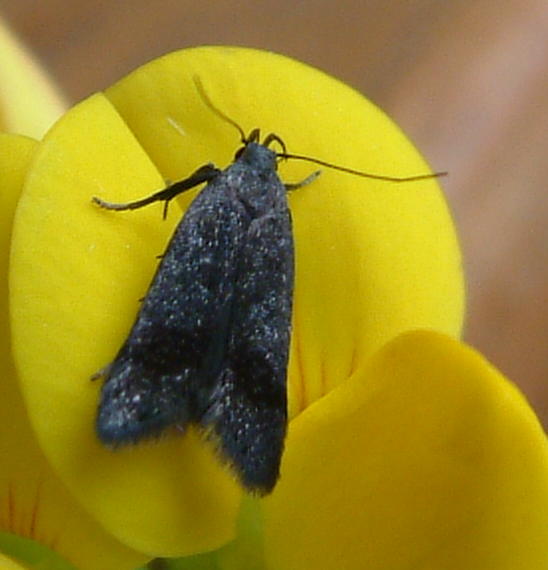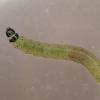35.013 Anacampsis temerella (Lienig & Zeller, 1846)
Status and Distribution
A scarce and very local species. Rarely encountered as an adult, it has been recorded in southern and northern Wales, north west England, one location in the Western Isles of Scotland and a few scattered sites in Ireland. Since 1970, recorded only from seven localities in the British Isles and since 2000 this has further reduced to only four sites (two in Wales, one in Ireland and one in England).

Provisional map
Foodplant and Larval Feeding Signs
Salix repens (creeping willow), see distribution map and, in Ireland, on Salix aurita (eared willow) and possibly S. herbacea (dwarf willow). In Europe also reported to use Salix caprea (goat willow).
Feeds between mid-May and early July. Spins a few terminal leaves together to form a tube around the twig c.5cm long.
Habitat
Finding the Moth
Larva: spun terminal leaves can be readily located but more often than not produce Anacampsis populella whose larvae feed in a similar fashion on creeping willow.
Adult: has been swept and disturbed from amongst the foodplant during the day and occasionally comes to light.
Similar Species
The small size, blackish-brown forewings with a slight purplish sheen when fresh and the darker fascia at three quarters (best observed by varying the angle of the moth to light) are definitive for this species.
Single brooded from mid-June to mid-August.
Most records on the GRS database refer to bred specimens.










.jpg)